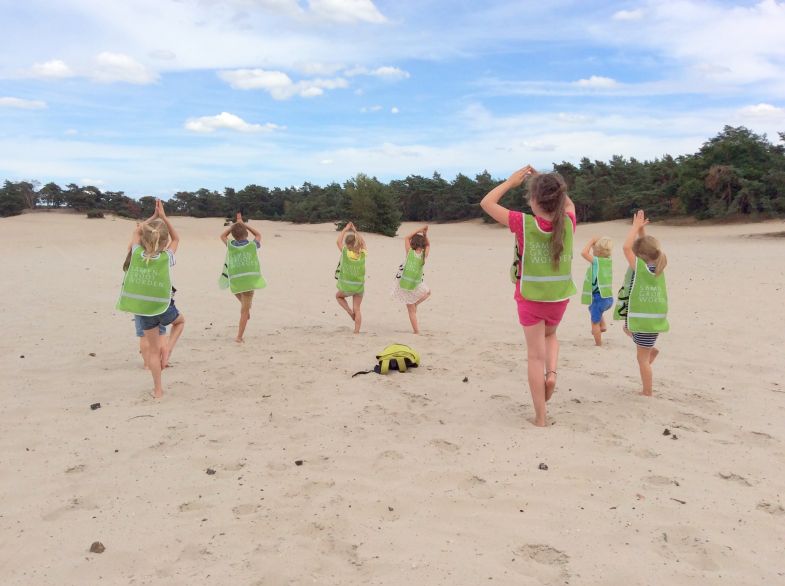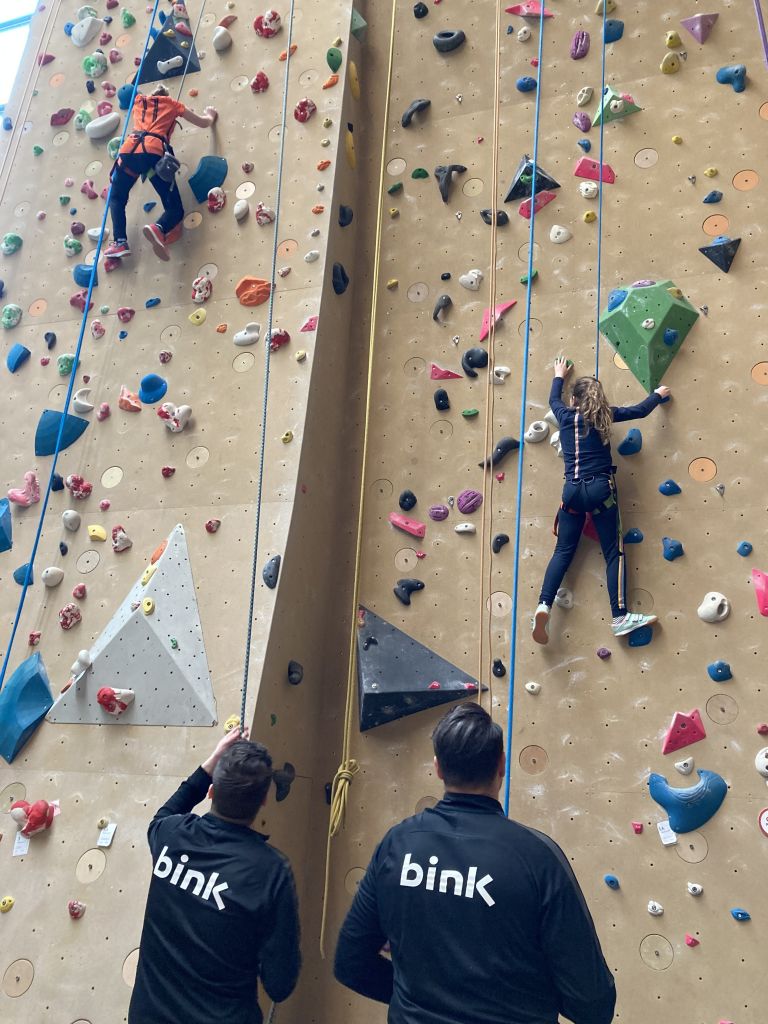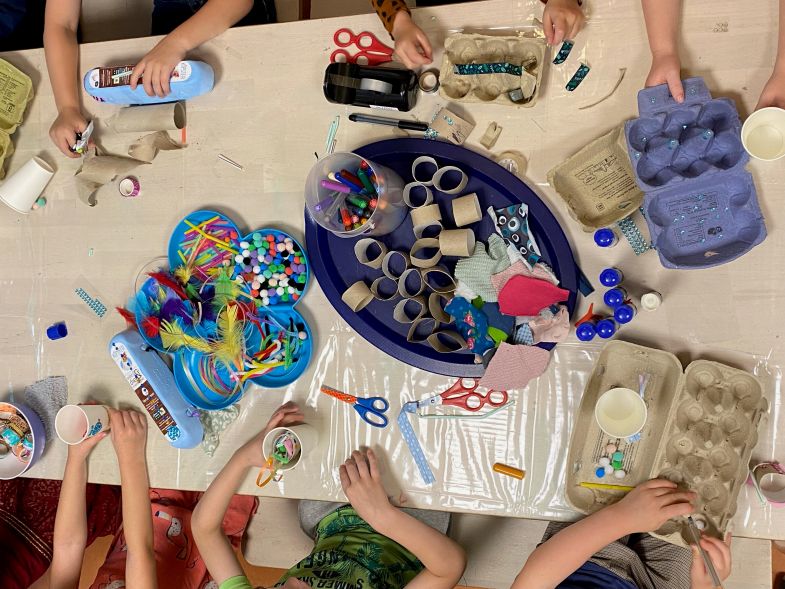
15mar
Children are the future. But what does the future ask from children? It starts with knowing who you are. Being happy with yourself. From there, you can connect with others and the world around you. This will not always be easy, because things don’t always go the way you want them to go. It requires a resilient attitude. Do things go differently than planned? If you’re resilient, you’ll see opportunities to turn it around and carry on again.
Children need each other to grow. As adults, we can encourage and guide children in their development. They need us a little less all the time. Children are naturally curious and eager to learn. In a safe, pleasant and challenging environment, they explore the world in a playful way. Children learn by trying, by trial and error. They learn to cope with changes and disappointments. In positive contacts with others, children discover who they are and develop an understanding for each other. In this way, they learn how to participate independently in society, socially and resiliently. It's not for nothing that resilience is an important subject in our pedagogical policy.

What can you do as an adult to help children become more resilient?
Be aware that children are naturally resilient. Teach a child to deal with setbacks and recover from stressful situations in play. The self-confidence a child develops as a result, will enable him/her to keep on making new discoveries and experiences.
Autonomy is the natural desire of children to act based on their own free choice. By challenging a child to make his/her own choices, a child will learn more and more what’s good for him/her, others and the planet.
Teach children that it pays to put effort into something. That you can become better at something by trying. A resilient child doesn’t give up easily and can cope with mistakes and setbacks. As an adult, you can help by not putting the end product, but the process first. Give children the space to shape their own play or activity. Trying is learning!

Rely on the child's own strengths. Offer free choices, appreciate initiatives and attune communication to interests. Every child has different needs. That’s why it’s important to look, listen and talk to a child respectfully and without prejudice.
Give emotions space. It can be extremely disappointing if something doesn’t immediately work. Welcome this emotion. There’s a good chance that a child will want to try again.
Create a play environment in which children have the opportunity to shape their risky play freely and challengingly. Taking small risks (without it being really dangerous) gives children the opportunity to achieve success. A successful experience will motivate them to try something new next time.

In a challenging environment, there are opportunities for every child to play. You can offer ‘loose parts’, for instance. These are loose materials with an open end that don’t have a direct playing purpose, such as pebbles, feathers, buttons or caps. Children are stimulated to be creative with these materials and give their own content to them.
The Covid period demands a lot of resilience from children as well as parents. It’s certainly not easy, but it’s also an instructive time. Perhaps it has given your own resilience a boost. Are you curious how resilient your child is or how you can develop this even more? You can always contact your child's mentor at the group. We’ll be happy to help!